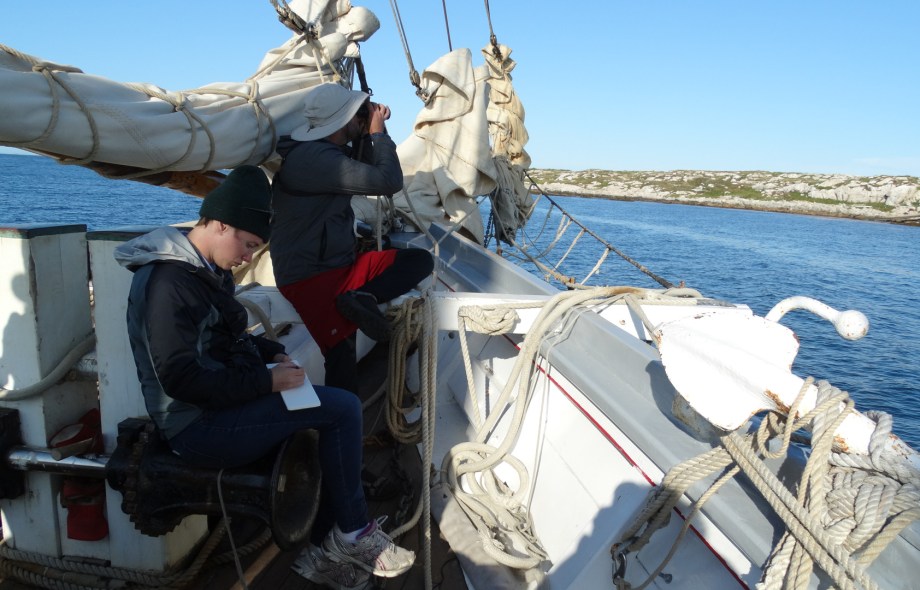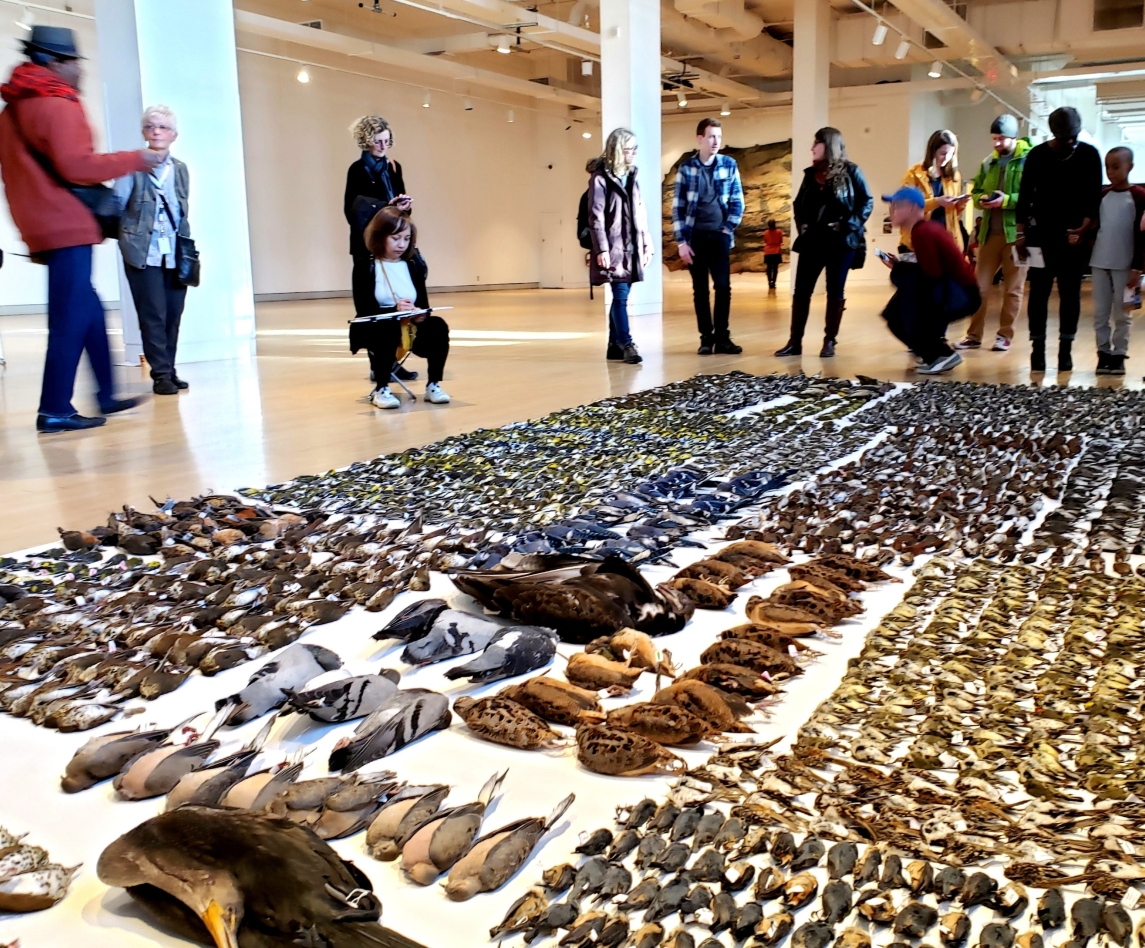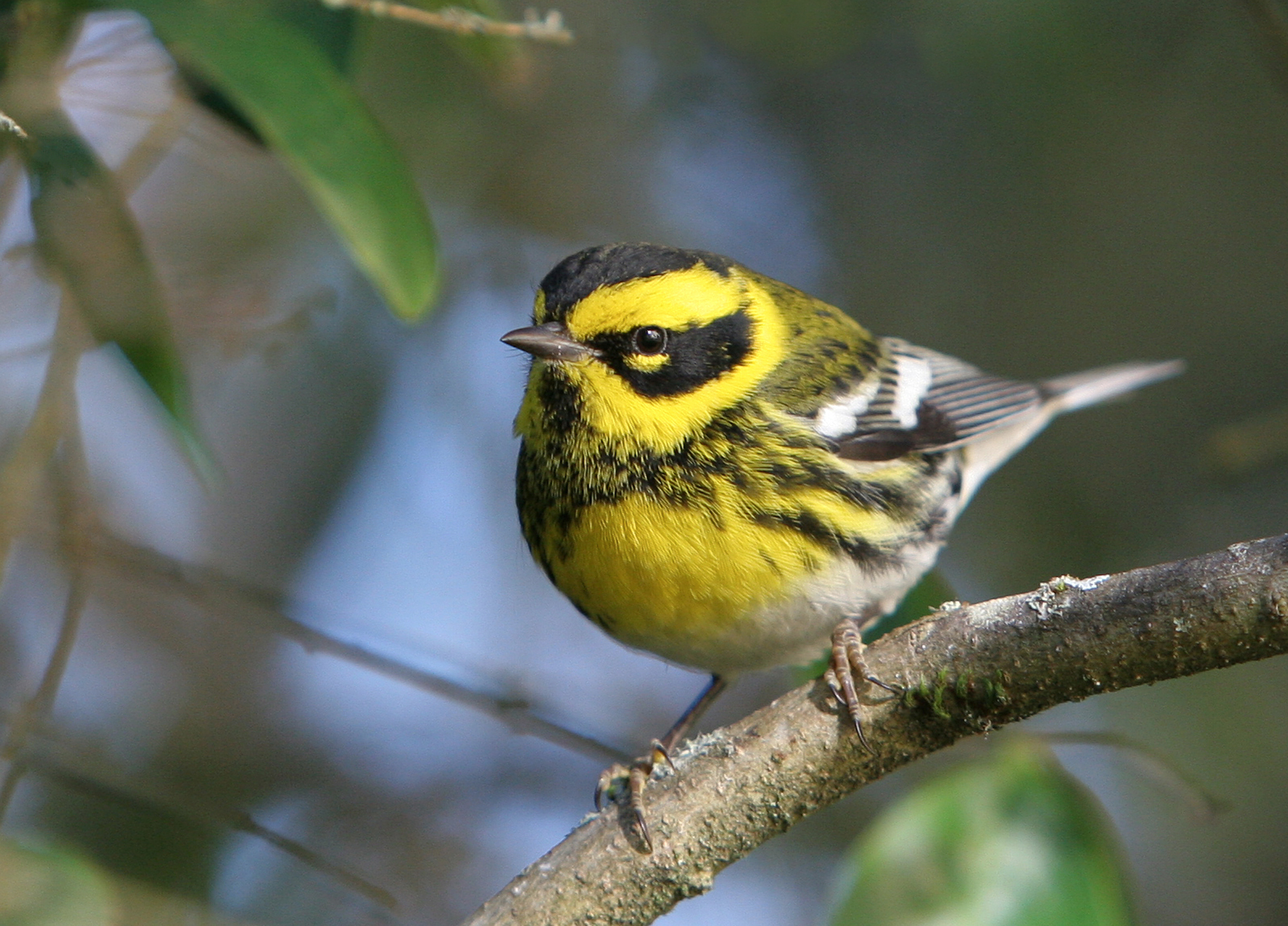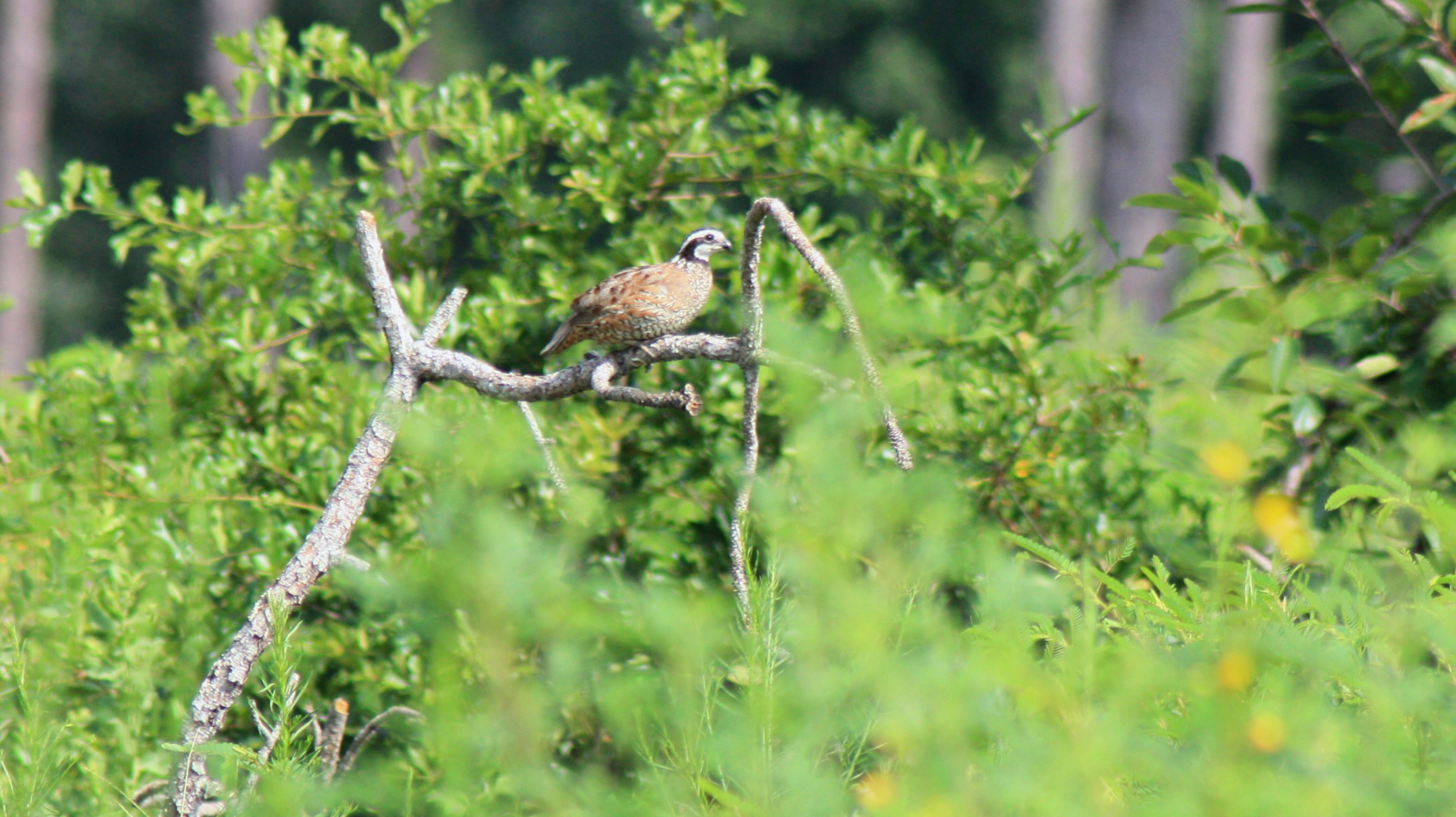A few years ago, I had the opportunity to hear Terry Tempest Williams speak at a local event. I don’t remember many details of her talk, but I do remember her passion, her commitment, and her dedication to being a voice for the environment. Her book, Finding Beauty in a Broken World has been a guidepost for me as a science writer and writing instructor.





